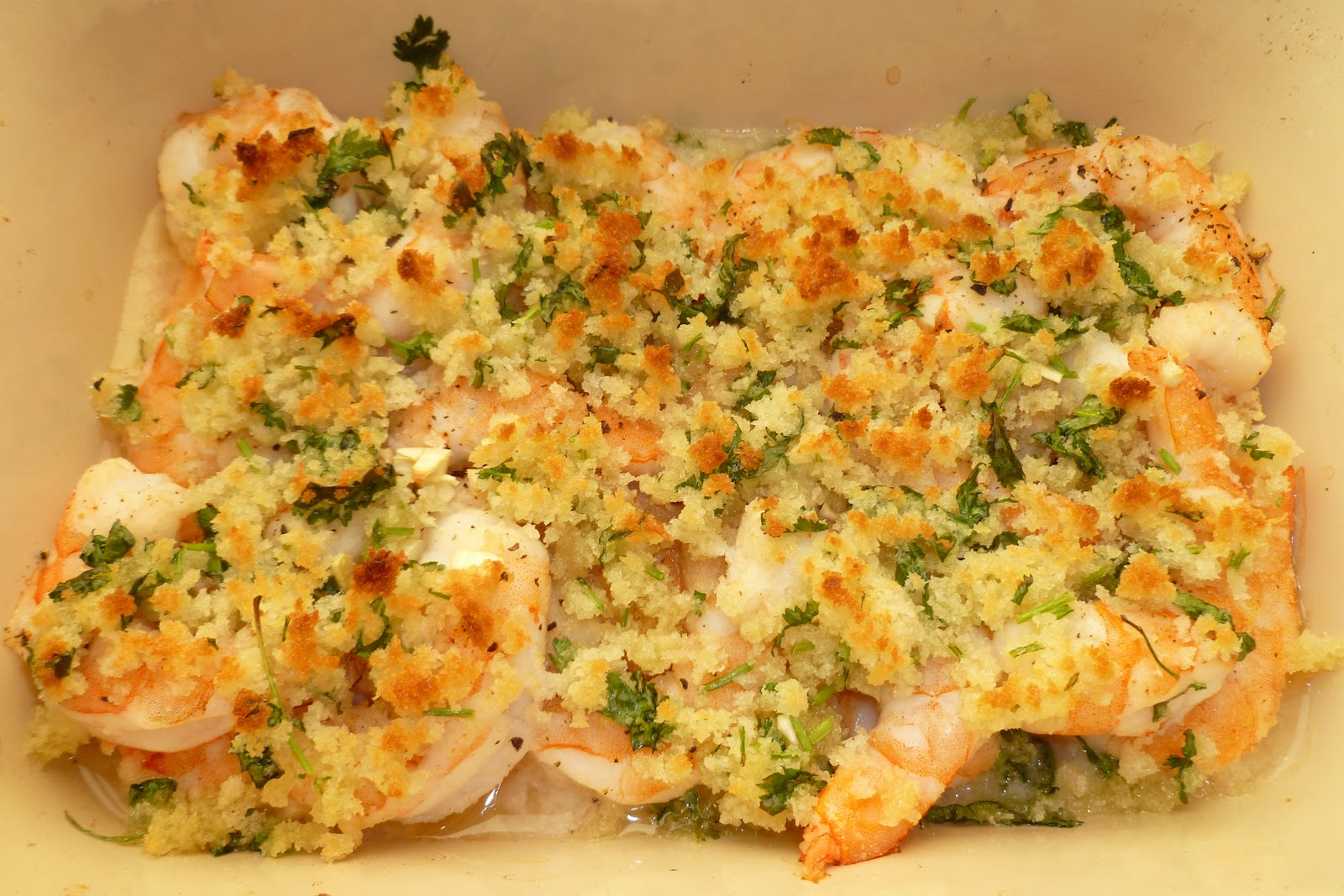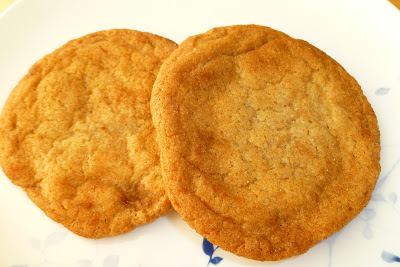Chocolate Cake Balls - made September 15, 2012 from
Cake Balls: Amazingly Delicious Bite-Size Treats by Robin Ankeny and Charlotte Lyon
I have been hearing about cake balls or cake pops for quite some time but I've been lagging on jumping on that bandwagon. It sounded like a good premise: a truffle-sized ball of cake crumbles and frosting mixed together and enrobed in chocolate. Every picture I've seen of it reminds me of truffles and hey, I like truffles. I put off trying it though because I'm not big into frosting and that's 1/3 of what marks a cake ball. Then I was asked to review a new cookbook,
Cake Balls: Amazingly Delicious Bite-Size Treats by Robin Ankeny and Charlotte Lyon so it seemed like a good opportunity to try out cake balls, from the experts so to speak.
The pictures, recipes and directions in the book are quite good and if cake balls are your thing, I think this is a good book to have. I tried the basic chocolate cake recipe and the basic
chocolate frosting recipe. The cake was
very easy to make and came out with a chocolatey, fluffy, cakey texture. Likewise, the frosting came out well. It was a bit sweet but I thought that would
be a good complement to the dark chocolate flavor of the cake. Then it came time to mix the two. I followed the instructions religiously on
how to make cake balls: crumble the cooled baked cake, mix the cake crumbles with the frosting, roll into truffle-sized balls, freeze for at least 2 hours, dip the balls in melted chocolate and let
set.
Thanks to clear directions in the
cookbook, I think I made credible cake balls.
Unfortunately, however, much as I liked the cake and the frosting
separately, it turns out I didn’t like them mushed together, even when enrobed
in my favorite milk chocolate couverture.
It was too cloyingly sweet and the texture, while looking truffle-like,
lacked the creaminess I associate with truffles. Instead, it was like eating raw cake batter
that had too much sugar. It’s possible I
didn’t bake the cake enough, a common trap the book warns against, although for
once I baked until the toothpick came out clean from the center. But, more than likely, cake balls are just
not for me. I’m not a frosting person to
start with and mixing it with cake lent it too much sweetness with not enough
cake to offset. I also wanted and
expected more cake than frosting in a cake ball and that wasn’t what I got. So this is one bandwagon that's likely going to pass me by.
On the plus side, I'm likely to make the chocolate cake and frosting recipe again and make some cupcakes with it.
Basic Chocolate Cake
2 cups all-purpose flour
¾ cup unsweetened cocoa powder
2 teaspoons baking soda
½ teaspoon salt
2 teaspoons vinegar
1 cup milk
2 cups granulated sugar
2 eggs, room temperature
½ cup vegetable oil
1 cup water
2 teaspoons vanilla extract
1. Preheat
the oven to 350⁰F and grease a 10-inch round cake pan.
2. In
a medium-size bowl, combine the flour, cocoa, baking soda and salt with a wire
whisk and set aside. In a separate small
bowl or cup, stir the vinegar into the milk.
3. In
a large bowl, use an electric mixer to blend together the sugar, eggs,
vegetable oil, 1 cup of water and the milk mixture. Add the vanilla and blend
until completely combined. Slowly add
the dry mixture to the wet mixture until fully combined.
4. Pour
the batter into the cake pan and bake for 30 to 40 minutes, or until fully
baked. Let cool.
Basic Chocolate Icing
4 tablespoons unsalted butter
¼ cup plus 2 tablespoons cocoa powder
1 16-ounce package confectioners’ sugar
¼ cup plus 3 tablespoons milk, warm
1 teaspoon vanilla extract
1. Use
an electric mixer on medium speed to cream the butter. Add the cocoa and mix well. Slowly beat in the sugar, adding the warm
milk until smooth. Stir in the vanilla.























